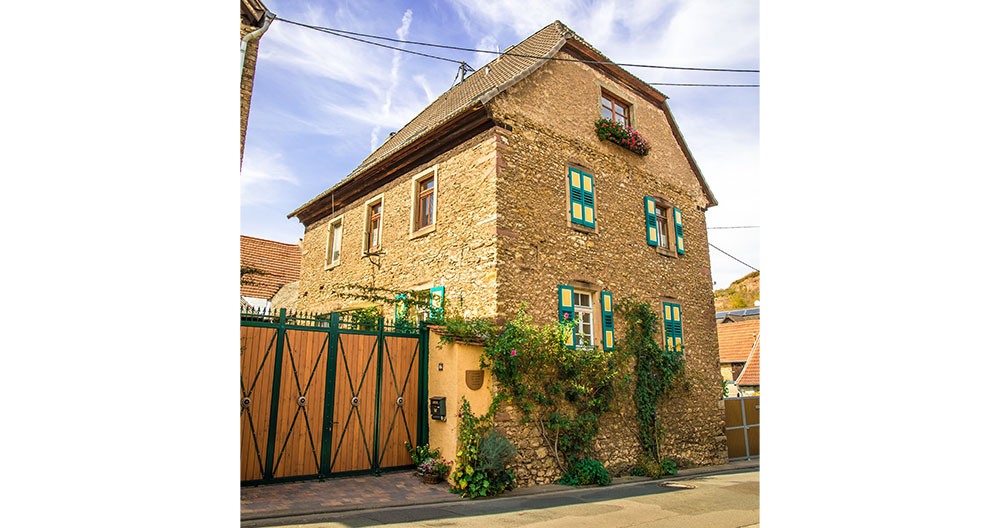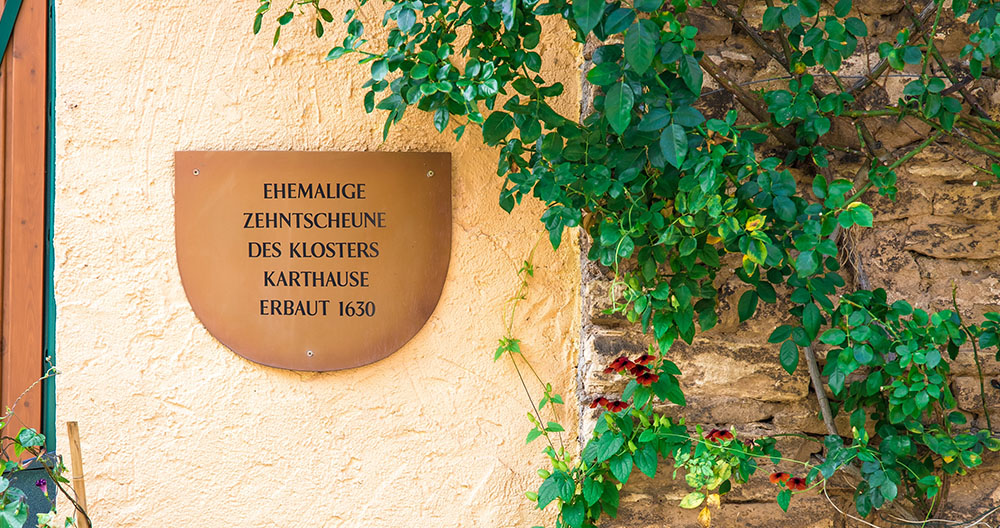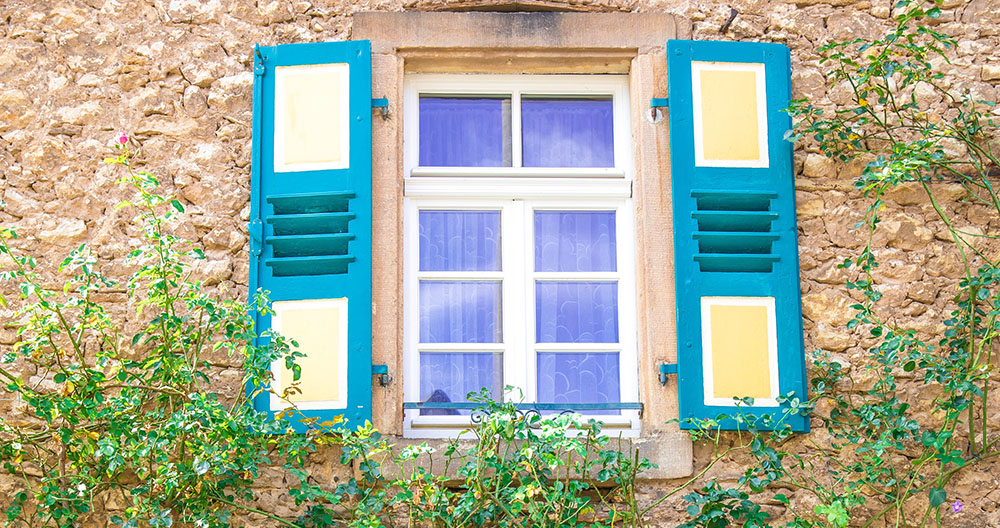


The year is 1320.
About 20 kilometers from here, in nearby Mainz, the Carthusian Monastery of St. Michael is founded, an impressive complex with a cloister, church, chapel, writing-, sleeping- and living quarters – roughly there where the Mainz City park is located today.
But what does this house here in Schwabsburg have to do with it? Well, the Mainz monks also had considerable estates in the surrounding villages, which they leased to the farmers. Since the 15th century also in Nierstein, Dexheim and Schwabsburg. The tenants had to hand over the annual fees, the so-called “tithe”, to the manager at the tithe court. And this was right here: Schwabsburg’s Tithe Court, which can be traced back until around 1600. So the Schwabsburg citizens brought 10% of what they had earned here, as money or as payment in kind.
In 1781 the Carthusian Monastery in Mainz was given up and land and farms were sold by auction. A fund was set up from the earnings of the auction to better equip the Mainz University. And this profitable fund still exists: To this day, it makes a major contribution to supporting research and teaching. Even if a tithe has not been collected here at Tithe Court for a long time, now …
You’ll find further stops of our historic tour through Schwabsburg on the map on this website.




The year is 1320.
About 20 kilometers from here, in nearby Mainz, the Carthusian Monastery of St. Michael is founded, an impressive complex with a cloister, church, chapel, writing-, sleeping- and living quarters – roughly there where the Mainz City park is located today.
But what does this house here in Schwabsburg have to do with it? Well, the Mainz monks also had considerable estates in the surrounding villages, which they leased to the farmers. Since the 15th century also in Nierstein, Dexheim and Schwabsburg. The tenants had to hand over the annual fees, the so-called “tithe”, to the manager at the tithe court. And this was right here: Schwabsburg’s Tithe Court, which can be traced back until around 1600. So the Schwabsburg citizens brought 10% of what they had earned here, as money or as payment in kind.
In 1781 the Carthusian Monastery in Mainz was given up and land and farms were sold by auction. A fund was set up from the earnings of the auction to better equip the Mainz University. And this profitable fund still exists: To this day, it makes a major contribution to supporting research and teaching. Even if a tithe has not been collected here at Tithe Court for a long time, now …
You’ll find further stops of our historic tour through Schwabsburg on the map on this website.


